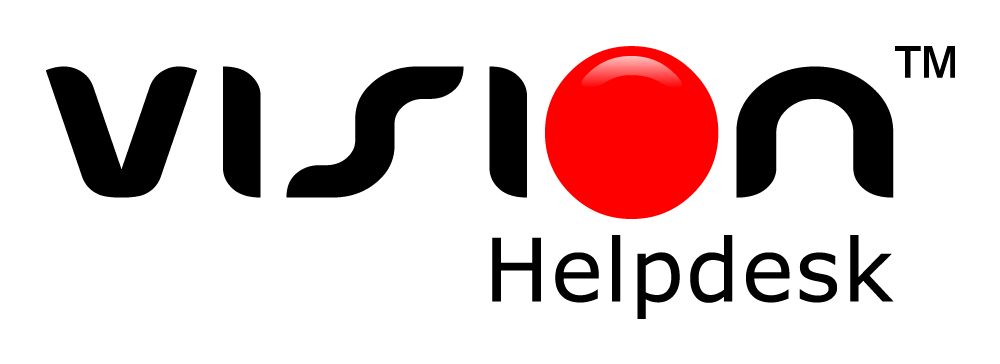
Compare Help Desk Software: Not every software package is created equal. Sometimes, two products aiming to solve the exact same needs diverge in drastically different directions.
In that chaos, it can be difficult to find the common threads that help to compare both options.
In other words, you might fail to see the forest for the trees. And yet, when it comes to your help desk platform, choosing the right option is absolutely vital. Simply put, you cannot afford to get away with software that seems great at first sight, but fails to uphold its high standard over time. When your internal and external audiences depend on the platform, you need to be thorough from the first time you begin to examine your option.
That process is not necessarily complex, but it needs to be strategic. Only a step-by-step approach can help you compare two or more solutions that are drastically different at their onset. Use this guide to help you compare help desk software options for optimum business results over time.
1) Outline Your Needs
The first step might also be the most important. Put simply, you should never make a major software decision without first outlining exactly what you are looking for. De-emphasize or even ignore this step, and you risk ending up sold by a solution with flashy features that don’t actually apply to your business.
Instead, be strategic. In cooperation with your IT team, outline exactly what any help desk software needs to accomplish. Separate your findings into must-haves and nice-to-haves. That way, by the time you begin your actual evaluation, you will be able to stay focused on solving your unique business needs.
2) Build a Platform Search Team
Next, never go a software search alone. In fact, don’t even do it with a group of people who all come from the same team. Doing so can introduce groupthink, which can be fatal to finding the right software. You never start thinking outside the box.
Instead, build a team of professionals throughout your organization who will find the right platform. That team should include backend users from your IT team, decision makers on the executive level, and potential end users from other departments. Get multiple perspectives at the same table to maximize your chances of finding a solution that satisfies more than just one side of the equation.
3) Find All Alternatives
With a good team in place, it’s time to cast your net. And don’t be afraid to cast it wide. The key in this step is not to find the perfect help desk solution. It’s simply to make sure that you consider every possible alternative.
The reason this step is so important is because without it, you risk losing out on the potentially best platform for your needs. It allows you to go beyond popular alternatives like Zendesk, which might not be your best choice.
4) Find Common Threads of Comparison
Once you have compiled a comprehensive list of software solutions, it’s time to find the common threads. Based on the goals and needs you outlined in the first step, create a list of 5-10 features and benefits that you will compare your software alternatives on.
Use a Hypothetical Scenario Where Necessary
This step is where things can quickly become difficult. After all, various solutions can find very different ways to solve a specific issues, or charge differently based on users, tickets or other variables. That’s where a hypothetical scenario comes in handy.
Through this method, you create a scenario you might encounter when using the platform. For example, you might estimate the number of users and tickets you would support in a given month. Use your audience understanding to guess how they would react to a specific situation and need. Then, use that scenario as the basis for your evaluation.
5) Get in Touch With References
Many software implementation projects, help desk or otherwise, fail because of a lack of due diligence. Don’t blindly trust what the vendor is trying to tell you. Instead, take the necessary steps to verify these claims yourself.
The best way to do that is to ask other clients like you for their opinion on each platform. Get a list of clients from the vendors website or directly from a call with them. Ask detailed questions about benefits and drawbacks for each software, including unexpected surprises during and after the implementation.
6) Focus on Benefits, not Features
As you go through the entire process, never lose sight of the benefits that the software needs to add for your help desk. Most if not all marketing materials you receive from each vendor will focus on features. But in isolation, these features don’t matter. All that matters is what they will do for your company.
This is where referencing the first step of this guide will come in handy. Keep your goals and needs at the center of the entire evaluation process. The features may differ, but this step helps you take your focus away from the details and toward the bigger picture.
7) Never Lose Sight of Your Core Audience
Through the entire comparison and selection process, never lose track of who matters most: the audience for the help desk software. That includes both your own team and the users who will be submitting tickets.
Don’t lose yourself in the temptation of evaluating the platforms only from a 30,000 foot view. Instead, consider how it will play on the ground level with IT techs and first-time customers. A good project selection team, established in the second step above, can help you keep that focus even as you consider the larger benefits of each solution.
Use these steps, and you can easily compare help desk software options even if they seem drastically different at first. Because your focus remains on benefits, you can always pull it back to your organization’s and IT team’s needs and expectations. That way, by the time you sign the contract, you’re ready to optimize the ways in which your technology works towards improving business functions and optimizing workflow.
Vision Helpdesk: Simplify Your Life
signup for 30 days free trial.. no credit card. no obligation

Join the conversation